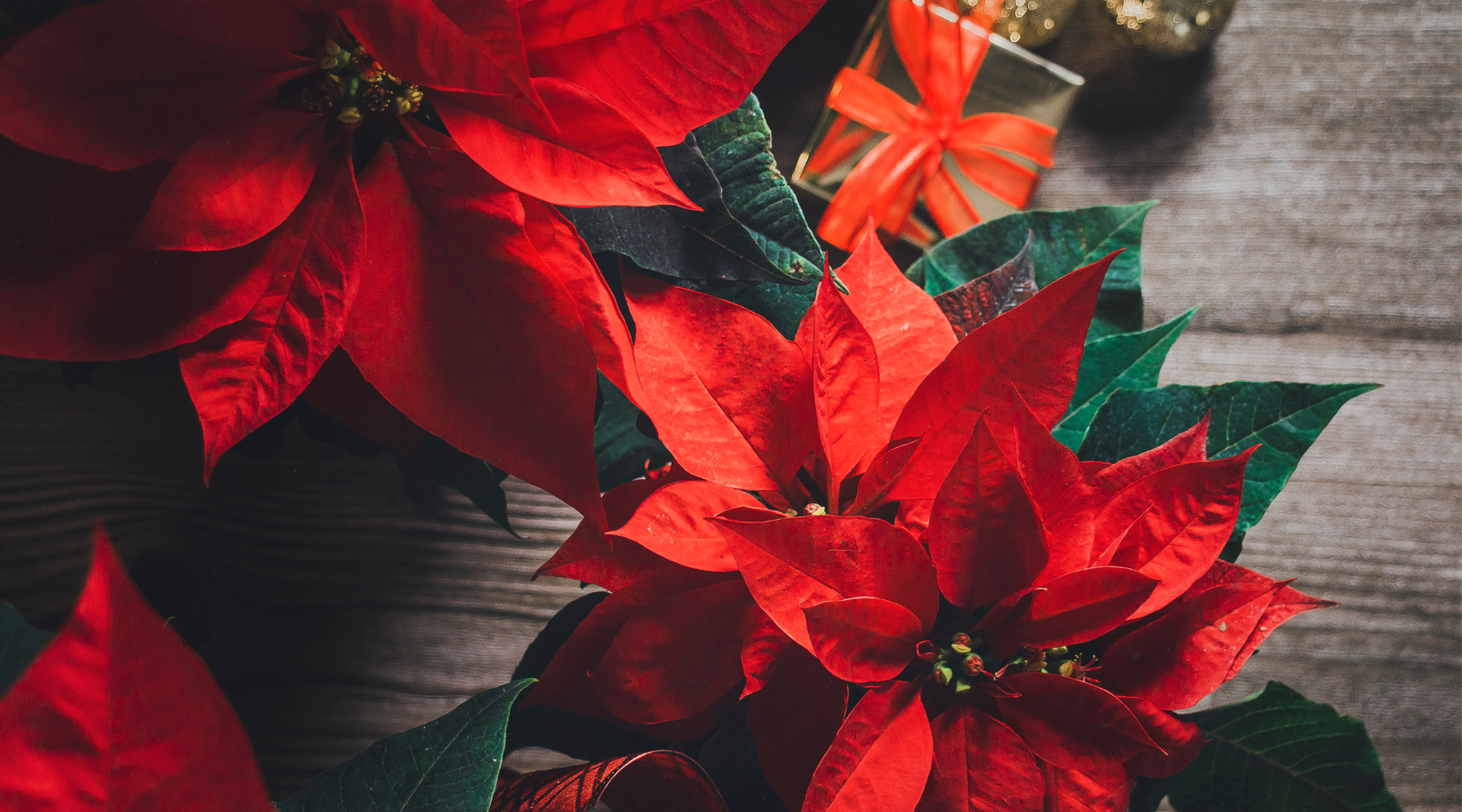How Does Pollination Work?
One of nature's most crucial processes is undoubtedly pollination. Many of us are aware that pollination plays a pivotal role in our food production and is a key process for our ecosystems, but how does pollination work? Let’s find out!

How Does Pollination Work?
Pollination is the transfer of pollen grains from the male anther to the female stigma of a flower, which allows the plant to reproduce.
Whilst some plants self-pollinate, many need cross-pollination, where a pollinator or the wind do the work for them. Some plants can both self-pollinate and get cross-pollinated too!
In cross-pollination, a pollinator takes the pollen from the anther of a flower to the stigma of another flower, which fertilizes the flower and enables it to produce fruit and seeds.

Methods of Pollination
The intricate partnership between plants and their pollinators is a fascinating one. The title of ‘pollinator’ includes a diverse array of creatures, from bees and butterflies to bats and birds, and each type of pollinator has unique preferences and methods in the pollination process. Different pollinators collect pollen in different ways and pollinate different types of flowers. And some plants rely on the wind or water, instead of creatures.
The methods of pollination are:
Insect Pollination
Insects are some of the most efficient and well-known pollinators. Examples of insect pollinators include bees, butterflies, moths and beetles.
Animal Pollination
In addition to insects, there are other animals that pollinate. Examples of animal pollinators include hummingbirds and bats.
Wind Pollination
Some plants rely on the wind for pollination. These plants typically produce large quantities of lightweight pollen that can be easily carried by the wind to other flowers. Examples include conifers, grasses and various other types of trees.
Water Pollination
A very small number of aquatic plants use water pollination, relying on water to carry their pollen from one flower to another. However, most aquatic plants have flowers above the water’s surface and get pollinated by insects.

Why Is Pollination Important?
Pollination is essential for maintaining biodiversity and ecosystem health, enabling plants to produce seeds, which are the foundations for the next generation of plant life. In addition, pollination contributes to the reproduction of many food crops – an estimated 75% of global food crops rely on pollination, highlighting the critical role that pollinators play in ensuring food security.
Challenges and Conservation
Despite the importance of pollinators, they face significant challenges including habitat loss, pesticide use, climate change, and diseases. These challenges all threaten the delicate balance of the pollination process. As a result, there's growing interest in learning how to help pollinators, including creating pollinator-friendly habitats, reducing pesticide use, and raising awareness about the significance of pollinators.
It's fascinating learning how pollination works and it proves yet again the wonders of nature. We’re keen advocators for pollinators at BeCause Tees, which is why we’ve created a dedicated Pollinator Collection to showcase our appreciation for these creatures. Every order placed plants trees and makes a donation to ecological nonprofits, including Pollinator Partnership - shop all our nature hand-drawn designs today!
















Leave a comment (all fields required)